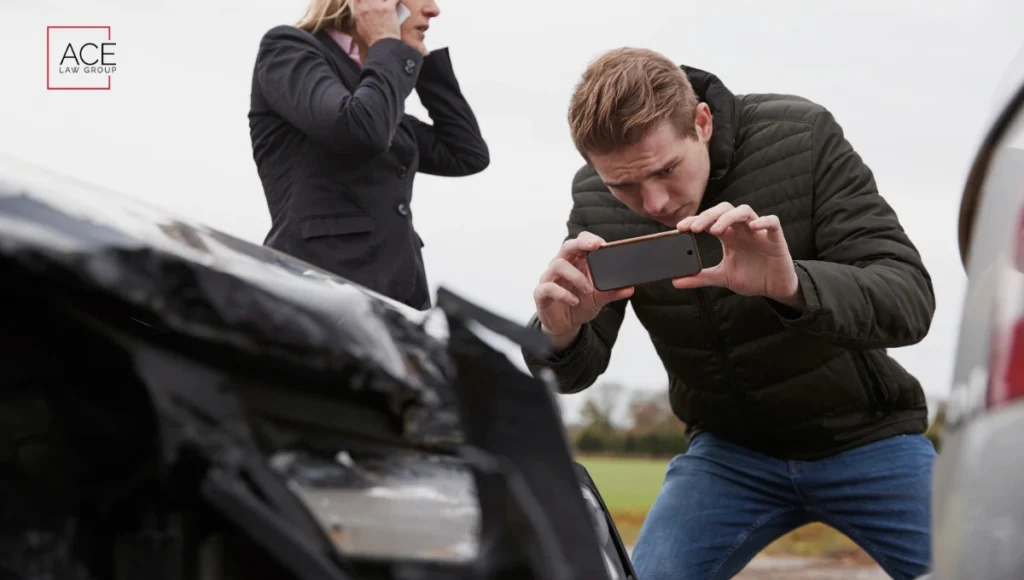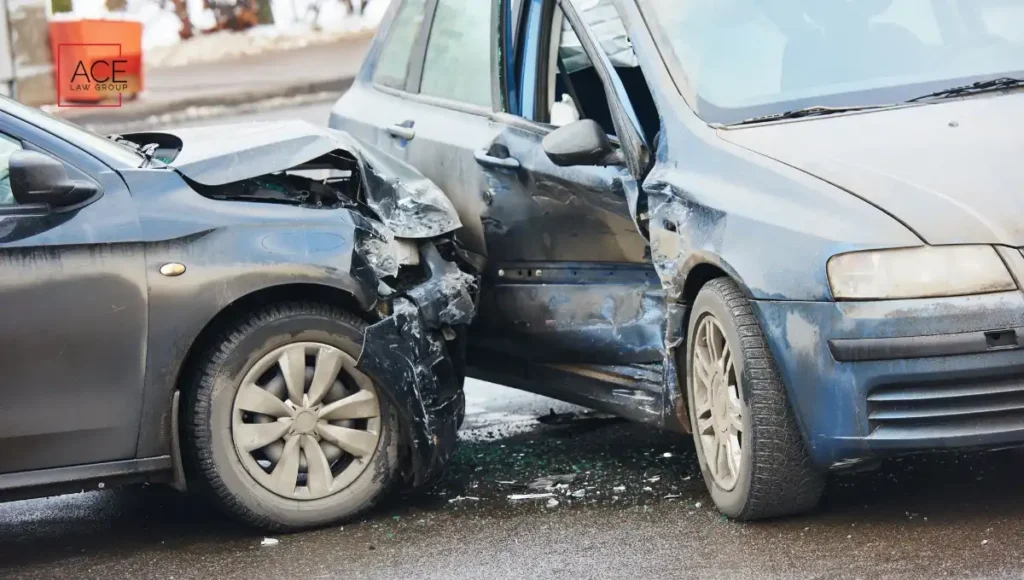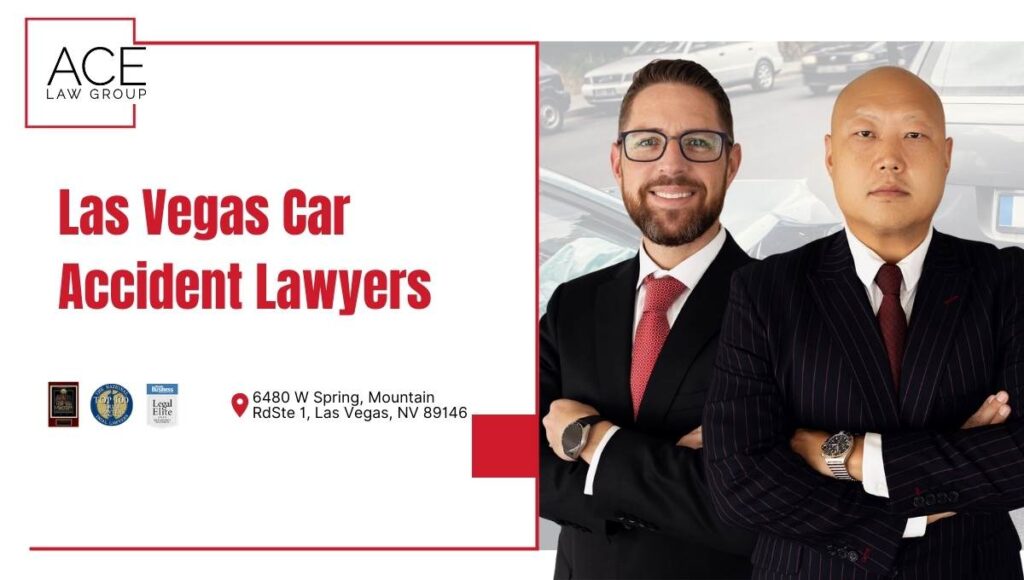Handling a car accident claim on your own can feel overwhelming, especially when dealing with injuries, financial losses, and insurance negotiations. However, with the right strategy, confidence, and a clear understanding of the process, you can successfully settle your claim and secure fair compensation.
To support you in this journey, we’ve created this resource to help you navigate the claims process efficiently and confidently.
Key Takeaways
- You can settle a car accident claim without a lawyer if the case is straightforward, injuries are minor, and liability is clear.
- Understanding your insurance system (at-fault vs. no-fault) is critical before proceeding.
- Settling on your own gives you more control and can save on legal fees, but it requires solid preparation and documentation.
- Follow a clear step-by-step process: assess damages, collect evidence, file your claim, submit a demand letter, and negotiate a fair settlement.
- Strong evidence, like police reports, medical records, photos, and witness statements, is essential to support your claim.
- It’s crucial to document everything, act quickly, and understand the full value of your claim, including medical bills and other damages.
Recent Case Result
We secured a $4.8 Million settlement for a client injured in a car crash.
Our legal team fought to recover full compensation for medical expenses, lost wages, and pain and suffering.
Call Us Now: (702) 333-4223What You Need to Know Before Starting Your Claim
Before starting the claims process, it’s essential to understand the legal and insurance factors that impact your case. Knowing these basics will help you negotiate effectively and avoid common pitfalls.
What is a Car Accident Claim?
A car accident claim is a formal request for compensation to cover damages caused by another party’s negligence. This includes:
- Medical expenses (immediate and ongoing)
- Vehicle repa52irs or replacement
- Lost wages due to missed work
- Other accident-related costs
Filing a claim ensures that the at-fault party is held accountable while helping you recover financially.
When Can You Settle a Claim Without A Lawyer?
You may not need a lawyer if the following conditions apply:
- Minor Injuries and Low Medical Costs: If the injuries are minor like scrapes or bruises, and medical expenses are not costly.
- Clear Liability: When you’re not at fault, & someone else is accountable for it with validated proof.
- No Long-Term Impact: When the accident does not lead to long-term disability and potential future problems.
- Adequate Insurance Coverage: If the at-fault party’s insurance covers all damages.
- Confidence in Negotiation: If you can effectively communicate with insurers and justify your settlement demand.
- Experience Handling Claims: If you’ve previously managed an insurance claim and understand the process.
For serious injuries, disputed liability, or delayed claims, consulting an attorney is almost always more beneficial and worth the price.
How Settling Without a Lawyer Gives You More Control
- Negotiate Directly: Communicate and negotiate directly with insurers for full transparency.
- Cost Savings: Avoid legal fees and keep the full settlement amount.
- Personal Decision-Making: Complete control over the decision to accept or reject offers without external pressure.
- Flexible Timelines: Set your own pace, whether resolving quickly or gathering more evidence.
- Understanding the Process: Gain firsthand experience handling insurance claims and negotiations.
For complex cases, consulting an experienced car accident lawyer can help you avoid costly mistakes.
Basics of Car Insurance: At-Fault Vs. No-Fault Systems
Car insurance laws vary by state and can impact your claim.
At-Fault
In an at-fault system, the driver responsible for the accident is liable for damages. Their insurance covers:
- Vehicle repairs or replacement for the other party.
- Medical expenses and other losses for the injured party.
- Other damages, once the necessary determination of fault has been established.
Note: The at-fault driver’s own medical expenses and vehicle repairs are not covered unless they have collision insurance or MedPay.
No-Fault
In a no-fault system, each driver’s own insurance pays for medical expenses, regardless of fault, through Personal Injury Protection (PIP).
- PIP does not cover vehicle repairs. These must be handled via collision insurance or a claim against the at-fault driver’s property damage liability.
Understanding your state’s system helps determine how compensation is handled in your case.
How to Settle Your Claim Without a Lawyer (Step-by-Step)
Follow these steps to settle your claim without hiring a lawyer:
Step 1: Assess the Damages and Determine Fault
- Check for injuries and seek medical attention if needed.
- Take photos/videos of vehicle damage, road conditions, and injuries.
- Document the scene – Note the time, date, weather, and traffic signals.
- Gather witness contact details and statements.
Step 2: Collect Evidence to Support Your Case
Once you have assessed the damages and collected supporting evidence, the next step is to determine who is responsible for the accident. Review:
- Police reports
- Traffic laws and statutes
- Witness statements
Insurance companies may dispute liability, so strong evidence is crucial in proving your case and securing compensation. If liability is disputed, seeking legal guidance can ensure you are fairly compensated for your losses.

Step 3: File Your Claim With the Insurance Company
Submit your claim to the insurance company as soon as possible, providing all necessary evidence, documentation, and accident details. An insurance adjuster will assess the claim, but their initial offer may be lower than what you deserve. Be prepared to negotiate and advocate for a settlement fully covering your medical expenses, vehicle repairs, lost wages, and other damages.
Step 4: Write and Submit a Demand Letter
If you feel the compensation offered is insufficient for the losses, write and submit a demand letter. Here is the standard structure for drafting demand letters:
- Professional tone: Maintain a formal and professional tone.
- Incident Summary: Include key details like the time, date, and location description of the accident.
- List the losses: Outline all accident-related expenses, including medical costs, lost wages, and property damage.
- Justify your request: Support your compensation demand with concrete evidence such as accident photos, medical records, repair bills, and expert evaluations.
- State your compensation request: Add information showing how you calculated the amounts and specify the totals.
- Call to action: Set a deadline for a response and further proceedings.
Step 5: Negotiate a Settlement and Close the Case
Negotiate with the insurance company until you reach a settlement that fully compensates your losses. Be cautious—insurers may try to undervalue your claim or pressure you into accepting a lower payout. Carefully review the terms before agreeing, as settling for less could leave you with unexpected financial burdens in the future. Once a fair agreement is reached, carefully review the settlement terms before finalizing the case and ensuring all payments are properly processed.
The First Things to Do Right After an Accident
In the moments immediately following an accident, remaining calm and taking the right steps can significantly protect your safety and legal rights. Acting quickly and wisely will help you with the claims process effectively.
Stay Safe and Contact Authorities
Move to a safe place and contact the authorities immediately. Make a report of your accident and tell the authorities how it happened.
Gather Crucial Information
Be polite in asking for critical information, and keep everything organized for future reference:
- Exchange Information: Ask the other party for their insurance company and personal contact information.
- Witness information: Record the statements of witnesses and request them for their contact information.
- Obtain a police report copy to support your claim.
Building Your Case With Strong Evidence
A well-documented case strengthens your claim, while weak or missing evidence can significantly reduce your settlement amount. Proper documentation is essential to prove liability, establish the extent of your damages, and ensure you receive fair compensation. The right evidence early can hold the at-fault party accountable and protect your rights.
Must-Have Evidence to Strengthen Your Case
Here are the must-haves to build a stronger case:
- Accident scene details (time, date, weather conditions)
- Photos/videos of damage, traffic signals, and road conditions
- Medical records & bills to document injuries
- Witness statements and police reports
Track Medical Bills, Repair Estimates, and Other Expenses
- Create a List: Use a spreadsheet to track all accident-related expenses.
- Medical Bills: Save hospital, doctor, and prescription receipts. Include future treatment costs.
- Vehicle Repairs: Keep the bills and records of any changes made to the vehicle after the accident.
- Other Expenses: Track your daily expenses resulting from the injury, such as transportation costs and lost wages due to missed work.
- Organize Receipts: Store all documents in one place—physical or digital.
- Total Expenses: Add everything up to calculate your total losses for settlement, and double-check your math!
How to Determine the Value of Your Claim
Accurately calculating your damages ensures you receive the full compensation you deserve. Overlooking any expenses could leave you in the undesirable situation of having to cover costs out of pocket. Understanding the different factors contributing to your claim’s value can prevent potential setbacks and secure a fair settlement.
Break Down Economic Damages
Collect and draft every single expense you made after the accident:
- Medical treatment and hospital bills
- Lost wages due to missed work
- Vehicle Repairment
- Other expenses such as transportation, rehabilitation, etc.
Sum up all the expenses along with the future expenses for treatments.
Add Non-Economic Damages
You can also demand compensation for non-economic damages like:
- Physical Pain
- Mental Trauma
- Loss of enjoyment of life
Calculating non-economic damage is tricky, however, you can assign a point for the pain and multiply it by the days you felt low.
Simple Methods to Estimate Fair Compensation
- Multiplier Method: Multiply your economic damages by the ratio of 1-5 based on non-economic damage.
- Per Diem Method: Assign a point for non-economic pain and multiply it by the days affected.
- Online Tools: Online tools can provide a rough estimate but should not replace a thorough calculation based on official legal and medical assessments.
Fault in Car Accidents and How It Affects Your Claim
How Fault is Determined in Car Accidents
Fault in the car accident is determined by the following factors:
- Records and the statements of witnesses
- Investigation and reports of police
- Video footage from the CCTV surveillance
- Condition of the road and the weather
- Statement and report of the vehicle before the accident
- Photos and videos which were taken at the incident place
- Statement of the parties involved in the accident
Evidence That Helps Establish Fault
- Witness Statements – An eyewitness detailing the incident and accountability.
- Police Reports – Investigations with evidence, including CCTV footage.
- Photos & Videos – Photos and videos of the visible damages, road conditions and traffic signals.
- Expert Analysis – Expert reviews to assess the incident using images and details.
What Happens in Shared Fault Situations
If both parties share fault situations, the court will hold both liable for the accident but assign a certain percentage to each.
Comparative Negligence Laws
- Pure Comparative Negligence: You can still receive compensation, but your fault percentage will reduce.
- Modified Comparative Negligence: You are eligible for compensation if your fault is below a certain threshold (50%-51%).
Contributory Negligence
In states where this law is applicable, you cannot receive compensation if you’re even 1% at fault.

Common Insurance Tactics That Undervalue Your Claim
Here are some common pitfalls that victims may encounter when dealing with their accident aftermath without retaining a lawyer:
Risks of Low Settlement Offers
Insurance adjusters often use tactics to offer lower settlement amounts, making you believe that it’s fair enough. However, this may lead to difficulties and regrets down the road. The best approach is to consult a lawyer before reviewing or accepting any compensation offer.
Denied Claims
Insurers often deny or delay car accident claims even when fault is clear, by framing you as the liable party. Common denial reasons include:
- Insufficient evidence or documentation
- Missing claim deadlines
- Failing to follow medical treatment plans
- Disputes over fault
To secure timely compensation and avoid these issues, consult the experienced lawyers at Ace Law Group.
Dealing with Uncooperative Adjusters
Follow these tips to deal with uncooperative adjusters:
- Document Communication: Keep records of all interactions.
- Avoid Recorded Statements: Don’t give statements that can be used against you.
- Keep Evidence: Save photos, videos, medical records, and incident details.
- Negotiate the Settlement: Don’t accept the first low offer.
- Know Your Rights: You can appeal if the compensation turns out to be insufficient.
- Seek Legal Advice: Consult with an experienced lawyer, such as an expert from the Ace Law Group team, for the best outcome.
Mistakes to Avoid During the Settlement Process
Avoid these mistakes in the accident claim process:
Missing Deadlines
File and respond to your claim within the 2-year time frame.
Admitting Fault
Avoid admitting fault in the heat of the moment, as it may make you liable.
Undervaluing Damages
Don’t settle without proper evaluation, as some injuries worsen over time.
Lack of Preparation
Ensure you have proper evidence and documentation before filing or going to a hearing.
When to Consider Hiring a Car Accident Lawyer
Consider hiring a Las Vegas car accident attorney immediately if you are facing any sort of difficulties:
Signs Your Case Might Need Legal Expertise
- Delay and denial of claims
- Rise of disputes
- Lesser settlement amount
- Long-term disabilities or death
- Uncooperative adjusters
- Policy exclusions
Complexities Where a Lawyer Can Make a Difference
- Long-term Disabilities: If your injury causes financial or emotional strain, a lawyer can help secure your claim.
- Disputes: In case of disputes over fault, a lawyer can assist in resolving the issue.
- Claim Delays/Denials: A lawyer will represent you and handle denied or delayed claims with the insurer.
Consulting a Lawyer Without Full Representation

Our lawyers from Ace Law Group are proud to offer you the best service in metro Las Vegas, free of charge. You can book an appointment with us for preliminary legal consultation on your case.
We will provide you with initial guidance on how to deal with accident claims based on successful similar past cases, so that you can begin your proceedings accordingly.
You can consult us first without hiring or retaining our team, and later decide if you want more extensive representation towards resolving your case.
FAQs – How to Settle a Car Accident Claim Without a Lawyer
How Much Time Do I Have to File a Claim?
You have a limitation of 2 years to file a claim.
What Should I Do if the Insurance Adjuster Offers Me a Low Settlement?
You should decline and justify higher compensation with evidence if the insurance adjuster offers a low settlement amount.
Can I Renegotiate After Accepting a Settlement Offer?
No, you cannot renegotiate after accepting and signing the settlement offer.
How Do I Handle Claims Involving Multiple Parties?
You can handle claims involving multiple parties by providing strong evidence and documentation to the relevant insurance companies.
What Happens if I Discover More Damages After Settling My Claim?
After settling the claim, you cannot reopen the case even if you discover more damages afterward.
Can I Settle a Car Accident Claim Without Going to Court?
You can settle a car accident claim through negotiations with the insurance company. However, court intervention may be necessary if disputes cannot be resolved.
Final Thoughts on Settling Your Claim
Settling a car accident claim without a lawyer requires careful preparation and detailed adherence to legal and court processes. While many victims are fully capable of handling straightforward cases independently, complex situations may benefit from the help of a car accident lawyer. If you face challenges or uncertainty in your legal journey, consulting an experienced attorney can help ensure you receive the compensation you deserve.